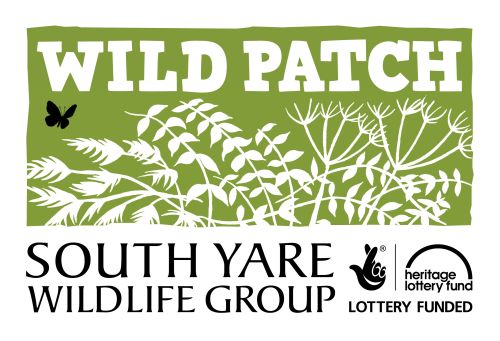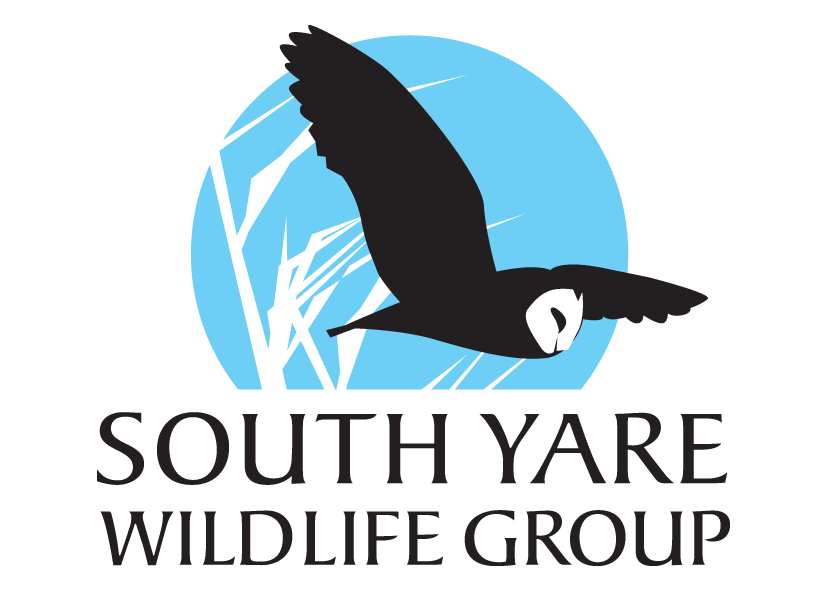
What you can do
There are many potential ‘wild patches’ that can be both home and a giant larder for wildlife, whether it’s in your garden, or the verge outside your house, an allotment or even an unused patch of land nearby. By taking just a few easy steps, you can increase the food supply and habitats for many different species.
There are six downloadable information sheets to help you:
Helping wildlife through the seasons
From winter feeding advice to the importance of water sources on a scorching hot summer’s day, it’s certainly important to help your garden wildlife cope with the changing seasons. This printable information leaflet gives you some quick tips on how you can help your garden wildlife all year round.
Ponds
Water naturally attracts both amphibian and land-based wildlife. Ponds, especially those without fish, often teem with life such as dragonflies, snails, beetles, pond skaters, water boatmen, frogs, toads and newts. If you don’t have a pond nearby or space for one in the garden, an old washing-up bowl or sink make great alternatives. Aquatic plants will enhance habitats and provide places to lay eggs. In addition, some types even oxygenate the water and help balance the ecosystem of the pond.
Long grass and meadows
Long grass provides the food needed by the caterpillars of a number of butterfly species and many other invertebrates. Also, some bumblebees and solitary bees nest in the base of grass tussocks. Mow a path around your Wild Patch to create a natural boundary and mark it with our Wild Patch stake so that your intentions are clear! Allow plants to seed and die down naturally before cutting the grass just once a year in late summer – or leave a patch uncut right through the year and see what happens.
Compost Heaps
Use a compost heap so that you are not only recycling but also creating a warm shelter of decaying plant matter for hedgehogs, slow worms, bank voles and beetles, as well as an enormous variety and number of unseen invertebrates and microorganisms. Don’t be too tidy! Allowing leaves to lie, seeds to set and some areas unstrimmed will provide food and shelter for a variety of plant and animal species. Look after the smaller visitors and they in turn will attract the larger creatures that eat them, so spiders, beetles and other insects will attract birds, hedgehogs, frogs and shrews.
Hibernacula and homes
Decaying wood is the equivalent of a top-class wildlife hotel, so pile up some logs, or create a ‘dead hedge’ with branches and other material that won’t go on the compost heap. Most of the wildlife in your garden is very small or rarely seen but it all plays an important part in food webs. Birds and bats will be attracted to your patch by nesting and roosting boxes, and feeding stations for birds will encourage many species.
Planting for wildlife
Trees, hedges and shrubs provide living quarters and shelter for all sorts of wildlife, as well as food for seed-eating birds.Entice bees and butterflies by growing plants like buddleia, lavender and sages – even if it’s just one lavender in a pot. Encourage or grow native flowers by sowing wildflower seed or allowing wildflowers (often viewed as weeds) to grow and flourish


